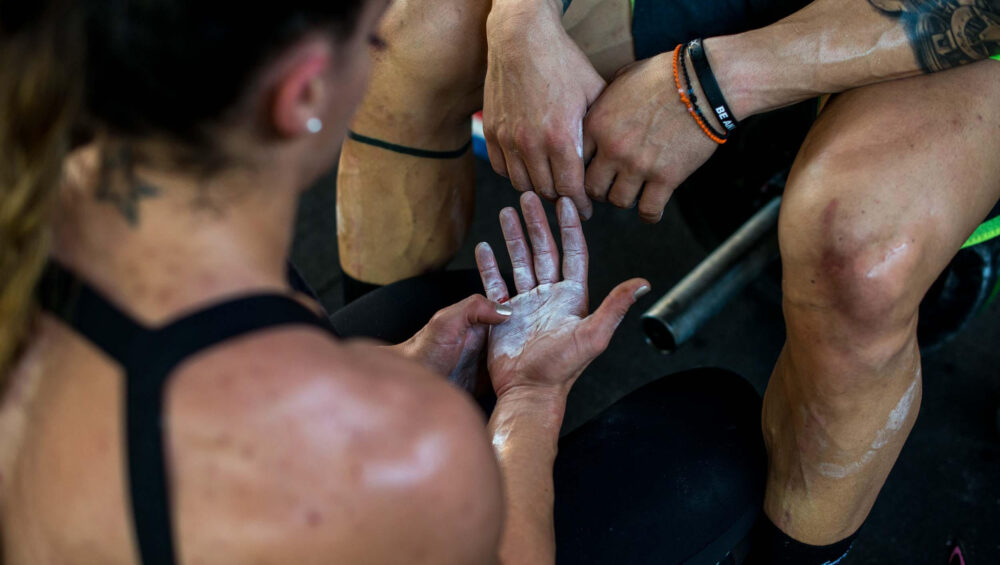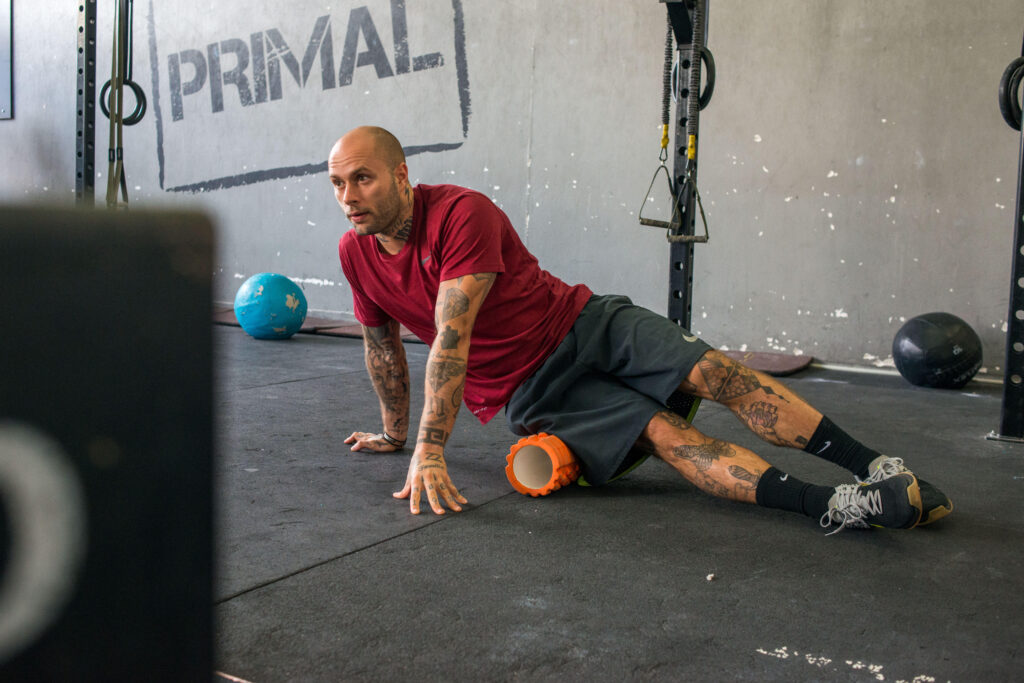
Sport Injuries
Injury is unavoidable in every athlete’s career. There are minor injuries (sprains, bruises, cuts etc) that could only cause discomfort and severe injuries (achilles tendon tear, hamstring injuries, torn meniscus etc). The more severe injuries could lead to loss of professional opportunities, such as competitions, and negatively affect the psychology of the athlete. Although an injury is as stated before “unavoidable” at some point in an athlete’s career that doesn’t mean nothing can’t be done about it.
Pre-session warm-up, after session stretching and recovery routines with the use of equipment (foam roller, ball etc) are daily goals.
Proper rest and tapering, progressively increased training volume, organised daily & weekly training sessions are seasonal goals.
All of them play a positive role in an injury-free career. Nevertheless, there is no guarantee that you won’t suffer an injury in the long term.
So every athlete must have a plan in case of this unfortunate event.
Healing process
1st step: Recognition of the injury
Athletes should pay attention to what their bodies tell them and, in collaboration with a physician or a team of experts recognise the injury as soon as it happens.
2nd step: Assessment of the condition
Next is a visit to the doctor. An orthopaedic with specialisation in sports or a medicine physician would be the most appropriate to assess the condition and make a diagnosis on how serious it is and whether it needs rest and medication, physiotherapy or surgery.
3rd step: Rehabilitation phase
Rehabilitation is the process that comes after the recovery or surgery of an injury and might last from several days to months depending on the severity of the injury. The whole rehabilitation process should be conducted in collaboration with the coach, a doctor and a physiotherapist or team of physiotherapists having the supervision. After some time, depending on the injury, athletes should be able to take care of themselves under the guidance of the specialists.
An equally important factor for the duration of the rehabilitation is the athletic obligations of the athlete. If an athlete is in the middle of the competition season or preparing for a short-term goal (tapering) then the whole recovery process might need to be shorter and more drastic. The coach, together with the physiotherapist, work to program a volume and frequency of sessions that will be both effective for the athlete and adjusted to the plan and the seasonal goals. In case of a non-surgical treatment, excessive use of drugs is avoided. You have to bear in mind that all injuries take time to heal naturally so if you can afford giving time then choose not to use rapid methods of treatment. Rapid methods may reduce recovery time, but the excessive use of drugs and time pressure could lead to a recurrence of the injury.

Training modifications
In our experience, there are many occasions when an injury to a certain body part can motivate us to emphasise on another part that we would not usually notice and improve. So the work we put on movements and muscles which do not co-operate with the injured part enables us to develop skills that were considered improbable to improve with the conventional training plan. Eg: A wrist injury led an athlete to increase muscle strength of the legs during recovery by 17%.
Of course, this does not mean that we have to injure one body part in order to deliberately work on another. However, every cloud has a silver lining, an injury allows us to re-set our training goals and focus on the development of other skills which will be proven to be extremely useful in the long-term during the season. The distribution of stimuli in a CrossFit athlete’s training volume is such that in typical competition conditions they are not able to focus specifically on some elements they would normally do (that would be during a period of increased training volume eg: off-season). But when for whatever reason this happens, it has been discovered that development in these elements is rapid.
So instead of avoiding training sessions under the pretext of injury you should simply modify your plan with the help of your coach and turn it into a fully efficient one. Emphasis should be given on elements which, on the one hand, do not affect the injured part and on the other hand, improve specific movements to excellence! eg: A lumbar spine injury should lead athletes to strengthen the upper torso and improve exercises such as pull-ups, muscle-ups, etc.
Mental health effects
The psychological burden that an athlete must carry after a severe injury can be unbearable. Athletes have certain goals to chase, certain schedule to follow and spend most of their time being active. All these are in constant interaction and the problem arises when they come to a halt. So athletes build their identity on what they are doing, training makes them happy, helps them reduce stress and gives them a sense of purpose. One can understand how negatively it affects them when an injury happens and potentially takes all these away from them.
Some typical reactions are:
Sadness
Anxiety
Frustration
Lack of motivation
Anger
Irritability
Sleep disturbance or appetite changes
These are responses that may naturally occur in such circumstances yet the problem arises when these responses worsen and do not resolve.
Treatment goes together with trust
Trust to the whole process by the athlete and trust between the athlete and the team. Athletes should be aware and educated on the injury by their physician with every needed detail. The more they are aware of the condition the less they make negative thoughts and develop self-doubts. Goal setting is equally important, a sense of purpose must remain vivid with focus on an injury coping plan that will eventually lead to the long-term goal. The return to play.
Individually athletes can follow some techniques to reduce anxiety, frustration and other negative responses, and promote self-confidence. Visualisation is a technique athletes can use when they are in full action but most importantly during recovery or rehabilitation. Research has shown that imagining the injury repairing or training procedures, promotes not only actual healing but also assists athletes to be mentally close and connected to their sport.
Another important issue to deal with is fear. The fear of the return-to-play question, when is it going to happen and whether it is going to happen soon enough, and the fear of a re-injury. Self-motivation and positive self-talk are two very beneficial techniques on that matter.
The first step is to focus on what you want to happen and not on what you fear it will happen.
The second step is to focus on your recovery goals and work on them wholeheartedly.
In any case, if the symptoms are constant and severe, research supports the development of depression is a possibility. The majority of athletic teams have a psychologist or mental health expert along with the medicine physician and the physiotherapist. The coach should have general knowledge on mental health and encourage athletes to seek assistance from a mental health expert if such is needed.
Injury is an unfortunate change of plans, bear with it, adapt and move on. It may take some time but it will pass. You just need to work on it and be optimistic!









